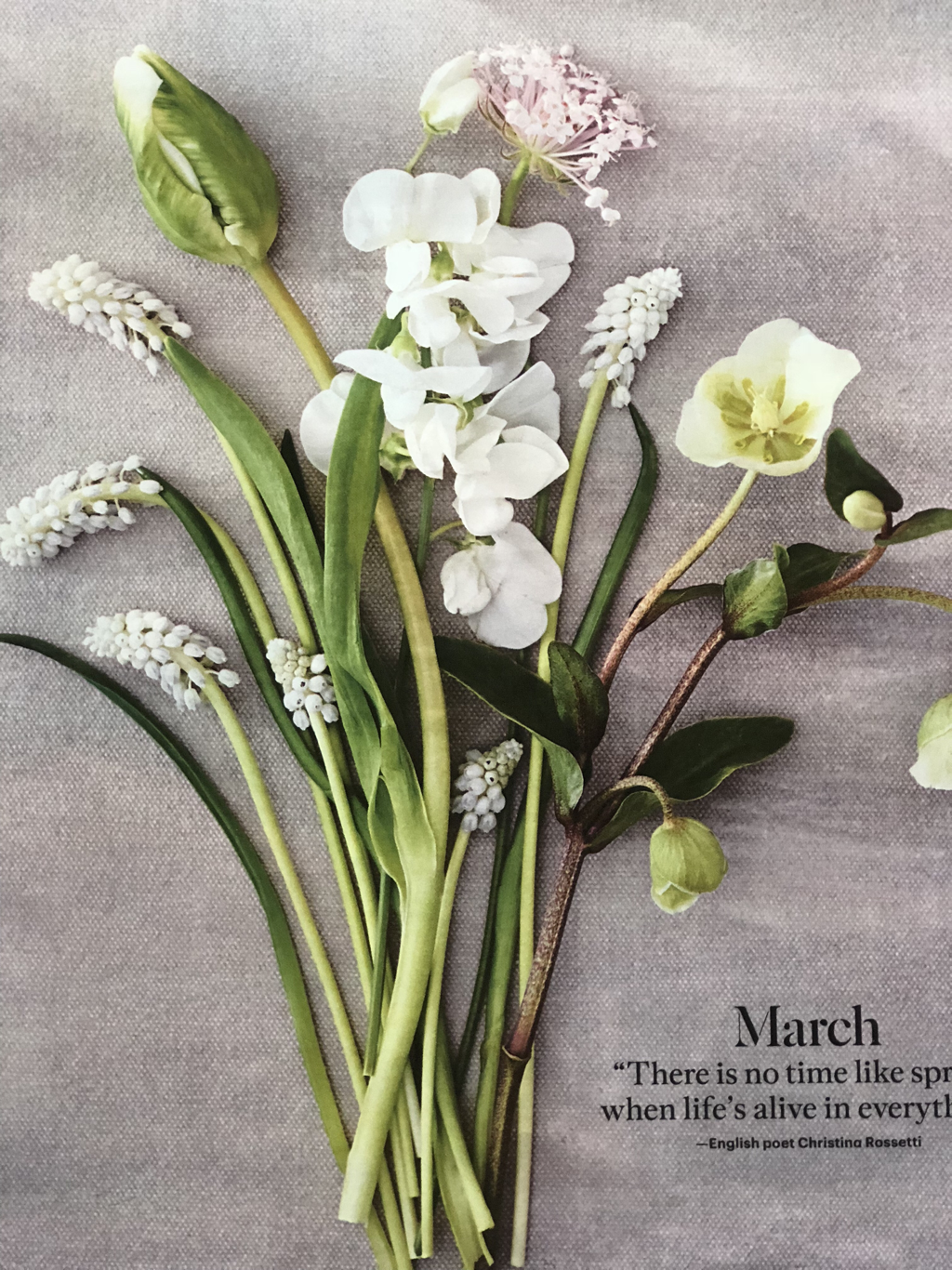|
I spend much of my time working and thinking with value - trying to create simple and manageable landscape and garden solutions for home and business owners. But in my own work close to home (what I call "The Community Gardens" - See blog posts from July 2016) I've been working on hybrid gardens - manageable, designed spaces - that include and think about cutting materials. As I have come to enjoy having flowers and foliage to arrange and photograph the softening of my living space, I have found this to be a medium to experiment, learn, and develop positions of critique from. It expands my chops so-to-speak. Often, when I speak of the simplicity of creating manageable outdoor living spaces, I point to the idea that often "landscapes" make fault in being put together as plant "collections" not designed and articulated spaces where the plants and materials create mass, line, form, and place. A place or landscape is experienced at a certain scale, at the level of what Juhani Pallasmaa calls "peripheral unfocused vision," (see his 2005 book "The Eyes of the Skin: Architecture and the Senses"). I believe the typical residential landscape is put together at the scale of, or with the unit of understanding being, the individual nursery plant. Each object is placed as if in a museum, highlighting isolated units without being assembled into a larger imagined whole "thing." The object is the unit not the assembled. When I say scale it may be easiest to think simply "what is the camera capturing in its frame." The scale of "the landscape" is wide and captures everything. The frame of a camera capturing a collection focuses on the single plant. But the cutting garden works different. It works at the smallest of scales, smaller than the plant itself, and the camera zooms close to capture individual flowers, branches, leaves, buds, fruit, etc. For instance, no landscaper ever plants a Qunice. When I was young I remember my father joking about how they were disliked because they were so difficult to remove. But to the florist, the Quince branch in the late winter is the most precious and delicate of all materials. The cutting garden involves a more intimate lived relationship to the garden. If one is actively cutting and bringing that material into their home it makes the garden an active, productive, collaborative space that expands how someone is being aware and conscious of the world around them. I would like to help more people develop this relationship between their imagination, garden, and home. It is fulfills you more than a garden that is just passively engaged with. It makes meaning. Comments are closed.
|
Matthew DoreLandscape designer and Proprietor of Buffalo Horticulture Archives
April 2020
Categories |
Telephone(716)628.3555
|
|




 RSS Feed
RSS Feed